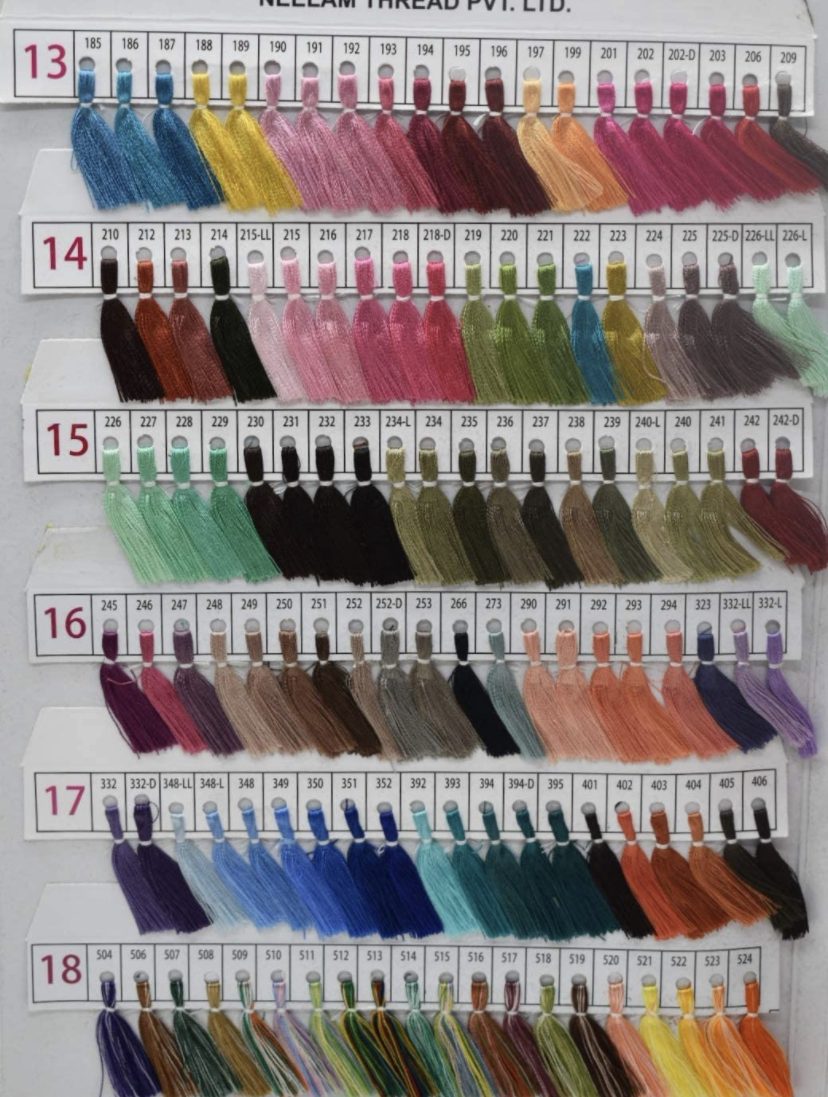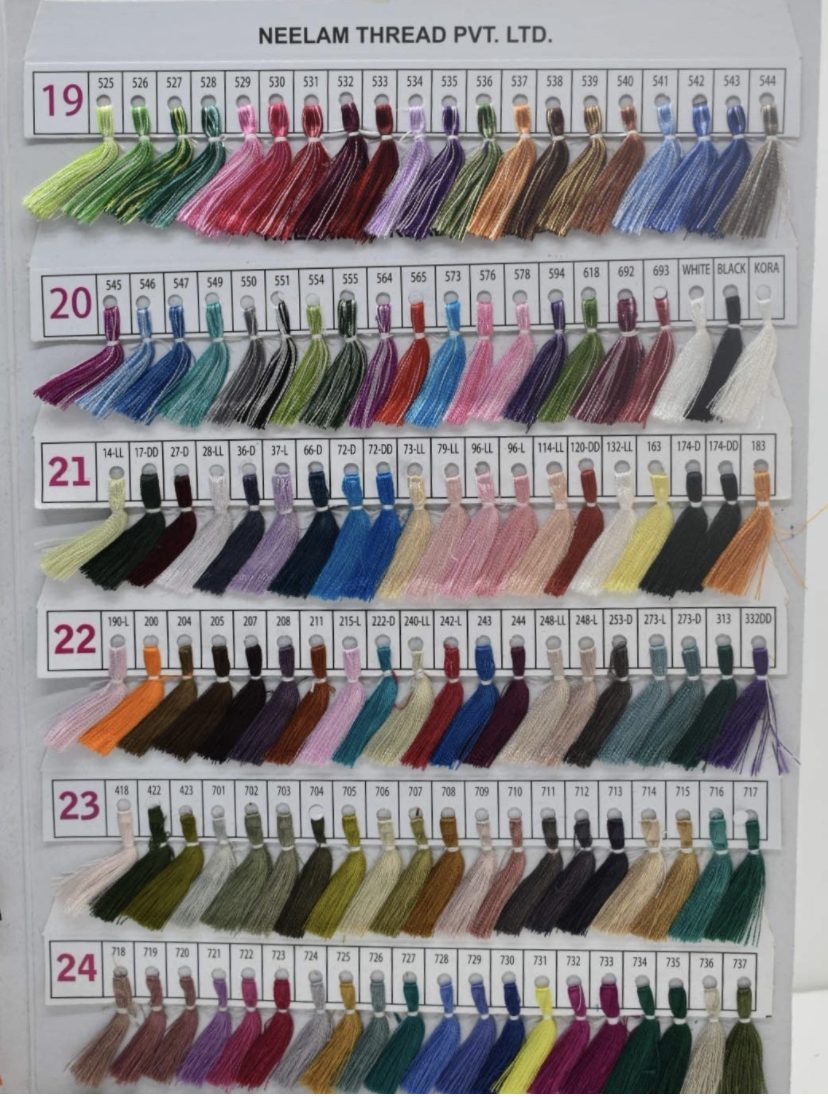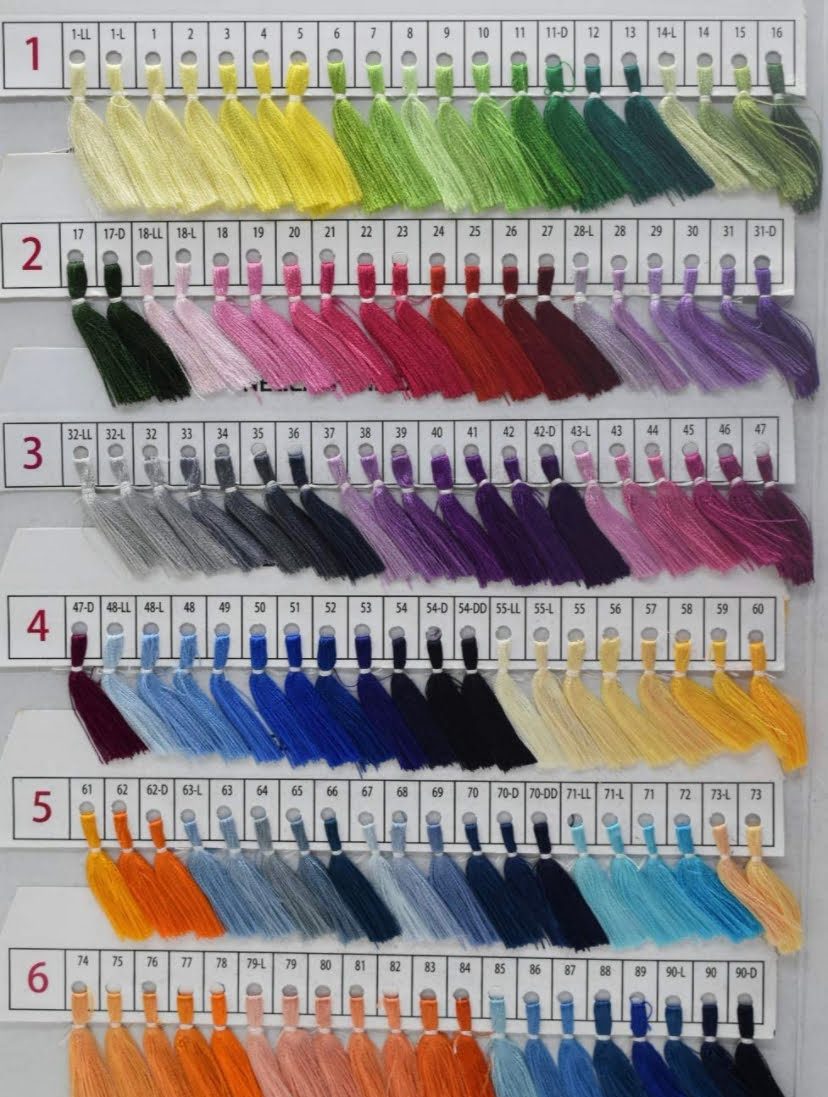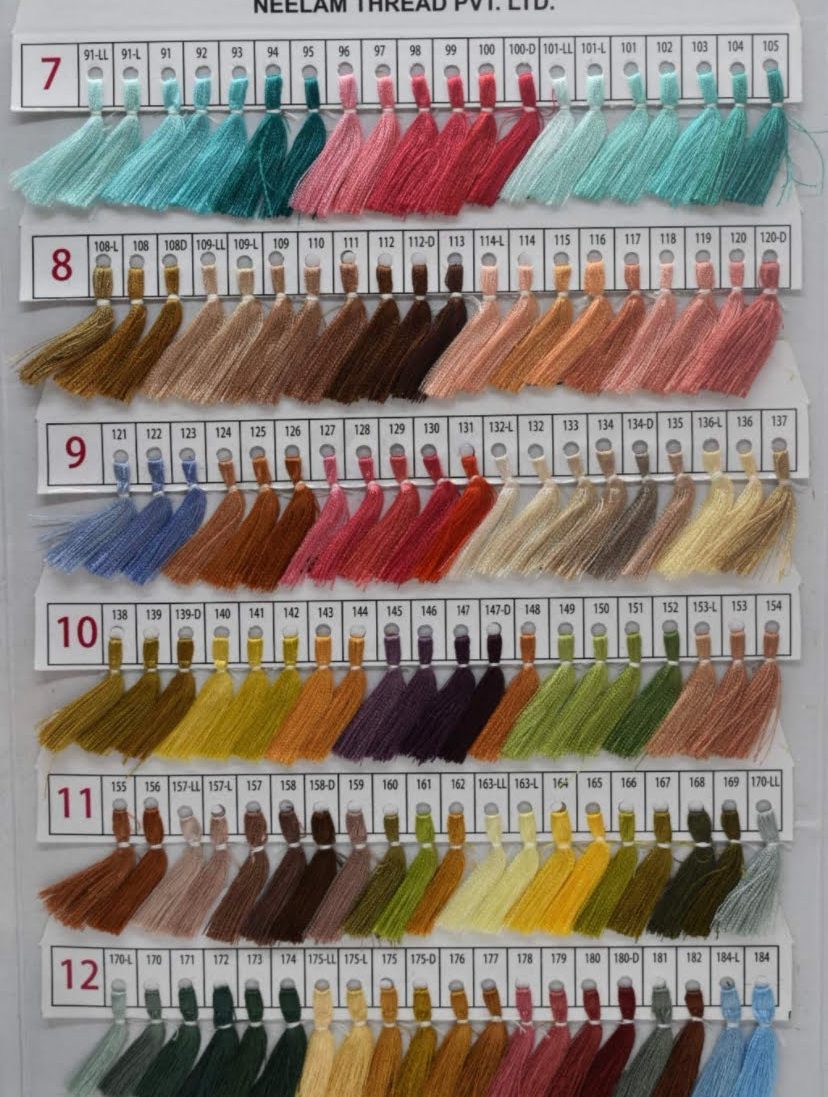Where did Mulmul fabric originate from?
Mulmul fabric, also known as muslin, is a lightweight and breathable cotton fabric that is soft to the touch and drapes beautifully. It has been in use in India for centuries and has a long history of being used for clothing, bedding, and other textiles.
The word “mulmul” is derived from the Persian words “mul” and “mulaym,” which mean soft and delicate, respectively. Mulmul fabric is made from fine, high-quality cotton fibers that are carefully woven to create a lightweight and airy fabric that is ideal for hot and humid climates.
Mulmul fabric is known for its soft texture, which is achieved through a process of bleaching and washing. It is also highly absorbent and dries quickly, making it a practical choice for everyday wear.
Mulmul fabric is often used to make a variety of clothing items, including sarees, salwar kameez, dupattas, and kurtis. It is also used for making bed sheets, pillowcases, and other home textiles.
In recent years, mulmul fabric has gained popularity in the fashion industry due to its soft texture, lightweight nature, and versatility. It is often used in combination with other fabrics or embellishments to create unique and beautiful designs.
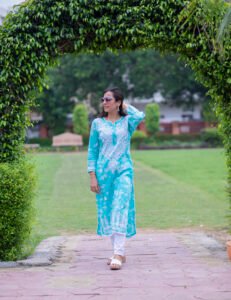
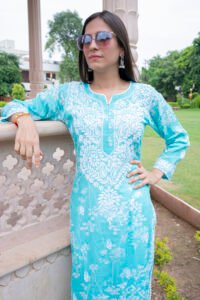
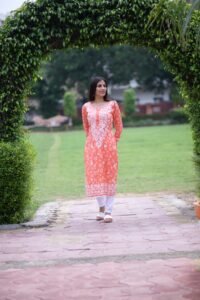
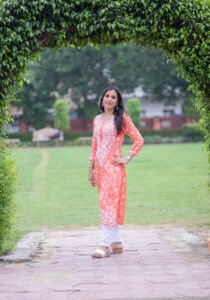
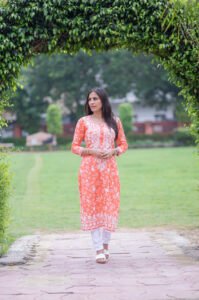
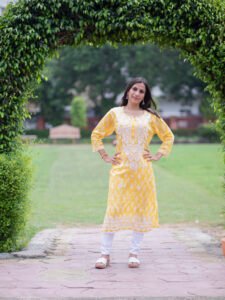
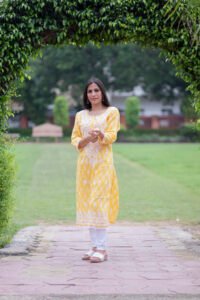
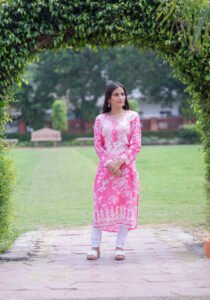
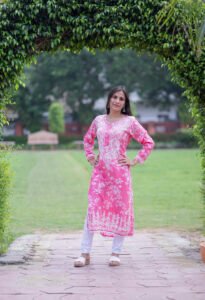
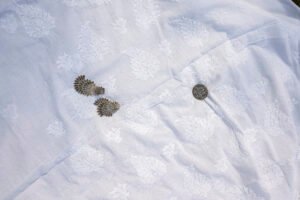
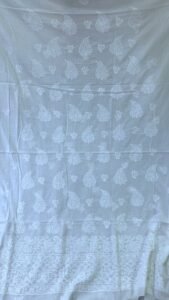
Mulmul and Lucknowi Chikankari
Mulmul fabric and Lucknowi Chikankari are two traditional textile and embroidery techniques that are popular in India.
Mulmul is a lightweight cotton fabric that is made from fine, soft cotton fibers. It is often used to make summer clothes, such as sarees, salwar kameez, and kurtas. The fabric is known for its sheer texture and excellent breathability, which makes it ideal for hot and humid weather. Mulmul is also easy to drape and has a graceful flow, which adds to its appeal.
Lucknowi Chikankari, on the other hand, is a traditional embroidery style that originated in Lucknow, a city in northern India. It involves intricate needlework, where the designs are first sketched on the fabric using a charcoal pencil and then embroidered using a needle and thread. The designs typically feature floral motifs, paisleys, and geometrical patterns. Chikankari embroidery is often done on fabrics like muslin, cotton, and silk.
When combined, Mulmul fabric and Lucknowi Chikankari embroidery create a beautiful and elegant piece of clothing. The sheer texture of Mulmul fabric complements the delicate embroidery work of Chikankari, resulting in a garment that is both light and luxurious. This combination is often used to make sarees, kurtas, and other traditional Indian clothing.
For our regular updates, You can follow us on our Instagram, Facebook and Linkedin and keep watching this space for more such informative content.




